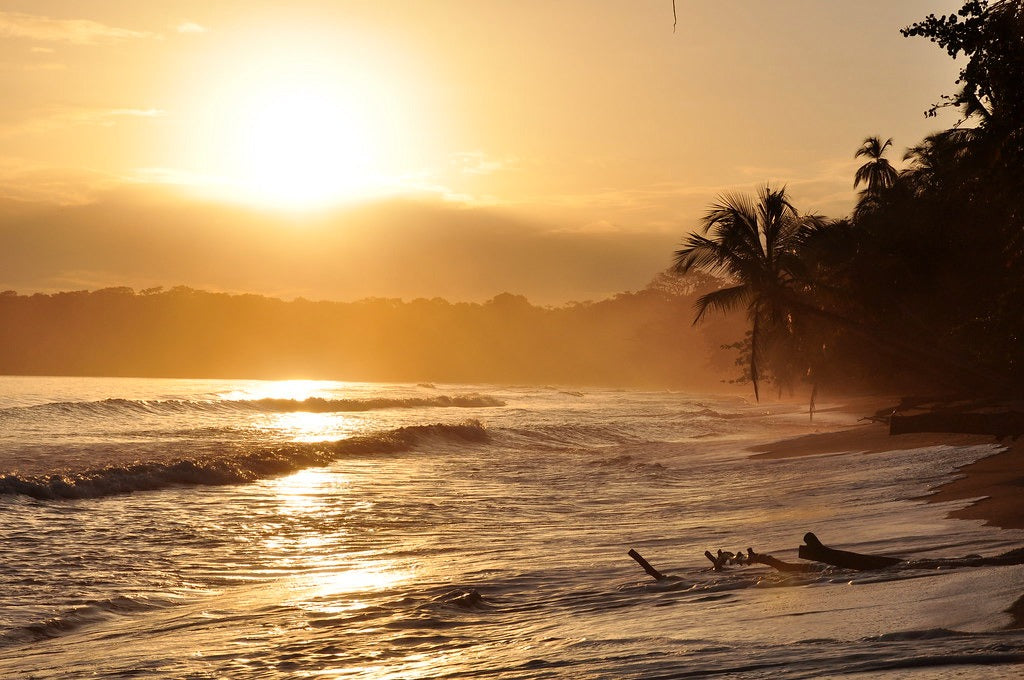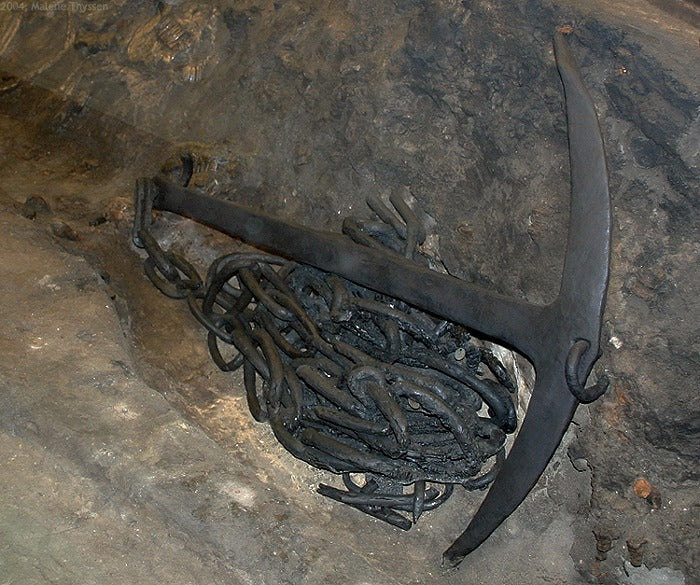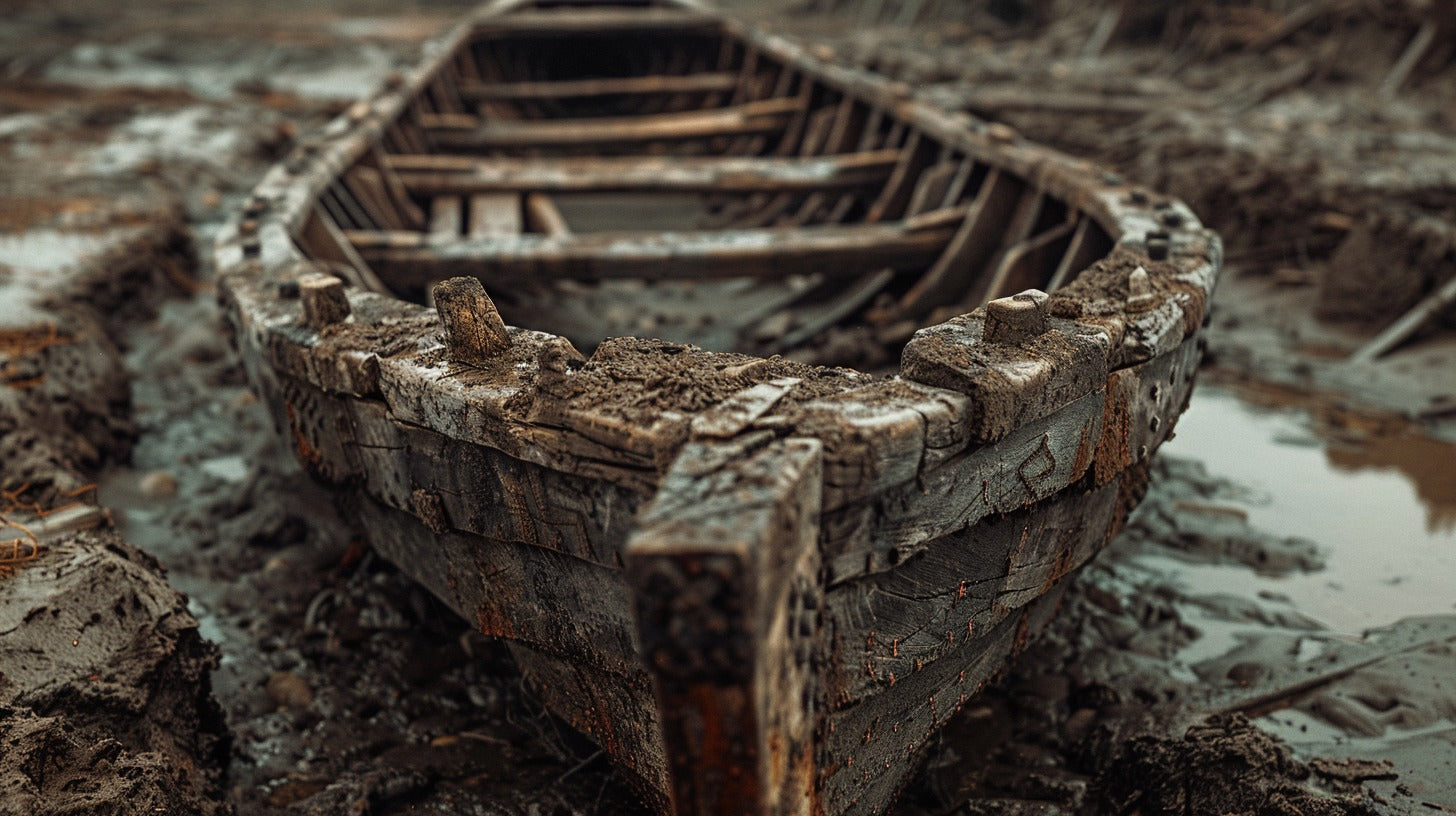
Exploring the Legacy of Danish Slave Ships in Costa Rica
In the depths off the coast of Costa Rica lie remnants that may unlock a pivotal chapter in Danish maritime history. Marine archaeologists from the Viking Ship Museum and the National Museum of Denmark are poised to embark on an unprecedented expedition to investigate two shipwrecks, believed to be Danish slave ships lost in the 18th century.
Unveiling Historical Significance
The impending marine archaeological investigations aim to definitively establish whether these submerged vessels, located near Cahuita National Park, are indeed the long-sought wrecks of Danish origin. This endeavor marks a significant collaboration between Costa Rica and Denmark, striving to illuminate a narrative intertwined with transatlantic trade and human suffering.
Sampling the Depths of History
A pivotal aspect of this investigation involves extracting samples from the ships' timber and the cargo's bricks—materials preserved for over 300 years beneath the ocean's surface. These samples hold the potential to provide conclusive evidence linking the wrecks to Denmark, thereby enriching our understanding of both Danish and Costa Rican histories.
Scientific Endeavor in Uncharted Waters
Led by David John Gregory, a senior researcher and marine archaeologist at the National Museum of Denmark, this project represents the culmination of years of meticulous planning and collaboration. The excavation, facilitated by the Viking Ship Museum and local Costa Rican partners, represents a pioneering effort in underwater archaeology within Costa Rican waters.

"Documentation of the wreck area is done with photogrammetry, which is a method where thousands of photos are taken, which are digitally assembled into a coherent image of the entire area." Photo: Andreas K. Bloch / Viking Ship Museum in Roskilde
The Discovery of Yellow Bricks: A Clue to the Past
The initial intrigue surrounding these shipwrecks stemmed from the discovery of yellow bricks on one of the vessels—a material historically associated with Danish construction practices in the 18th century. Andreas Kallmeyer Bloch, a marine archaeologist and curator at the Viking Ship Museum, remarked, "We have worked hard to reach this point and we are very pleased that, hopefully, we can now identify the shipwrecks." This finding sparked renewed interest and propelled researchers towards this groundbreaking investigation.
Tracing the Voyage and Tragic End
Historical accounts reveal a harrowing journey that began in Copenhagen, with the ships laden with slaves from West Africa bound for the Danish West Indies. According to records, "In 1708 the two Danish ships sailed from Copenhagen via West Africa towards Saint Thomas in the West Indies." Over several months of sailing along the coast of West Africa, the holds of the ships were filled with hundreds of slaves and made ready for the long voyage across the Atlantic. After deviating westward, far off their intended course, the ships faced dwindling supplies and desperate conditions. The mutiny that ensued led to the fiery demise of Fridericus Quartus and the tragic sinking of Christianus Quintus in shallow Caribbean waters.
Unraveling the Past, Enriching the Future
Beyond uncovering the physical remnants of these vessels, this project holds profound implications for both scholarly research and public awareness. If confirmed, these discoveries will serve as a cornerstone for commemorating the lives lost and reflecting on the broader implications of Denmark's historical involvement in the transatlantic slave trade.
Collaborative Efforts and Future Prospects
This ambitious endeavor is made possible through the collaborative efforts of the National Museums in Costa Rica and Denmark, alongside the Viking Ship Museum in Roskilde and local Costa Rican organizations dedicated to marine conservation and historical preservation.
Conclusion
The exploration of these Danish slave ships off the coast of Costa Rica stands not only as a testament to maritime archaeology's capacity to reveal untold histories but also as a poignant reminder of the enduring legacy of transatlantic slavery. As researchers delve deeper into the submerged relics, they illuminate a path towards understanding and reconciliation across continents and centuries.
References
Gregory, David John. Personal interview. 23 June 2024.
Bloch, Andreas Kallmeyer. Personal interview. 23 June 2024.
Historical Archives. National Museum of Denmark, Copenhagen.
"Golden sunrise in Cahuita, Costa Rica" by Armando Maynez is licensed under CC BY 2.0.
"Pacific Ocean floor" by Matt McGee is licensed under CC BY-ND 2.0.








